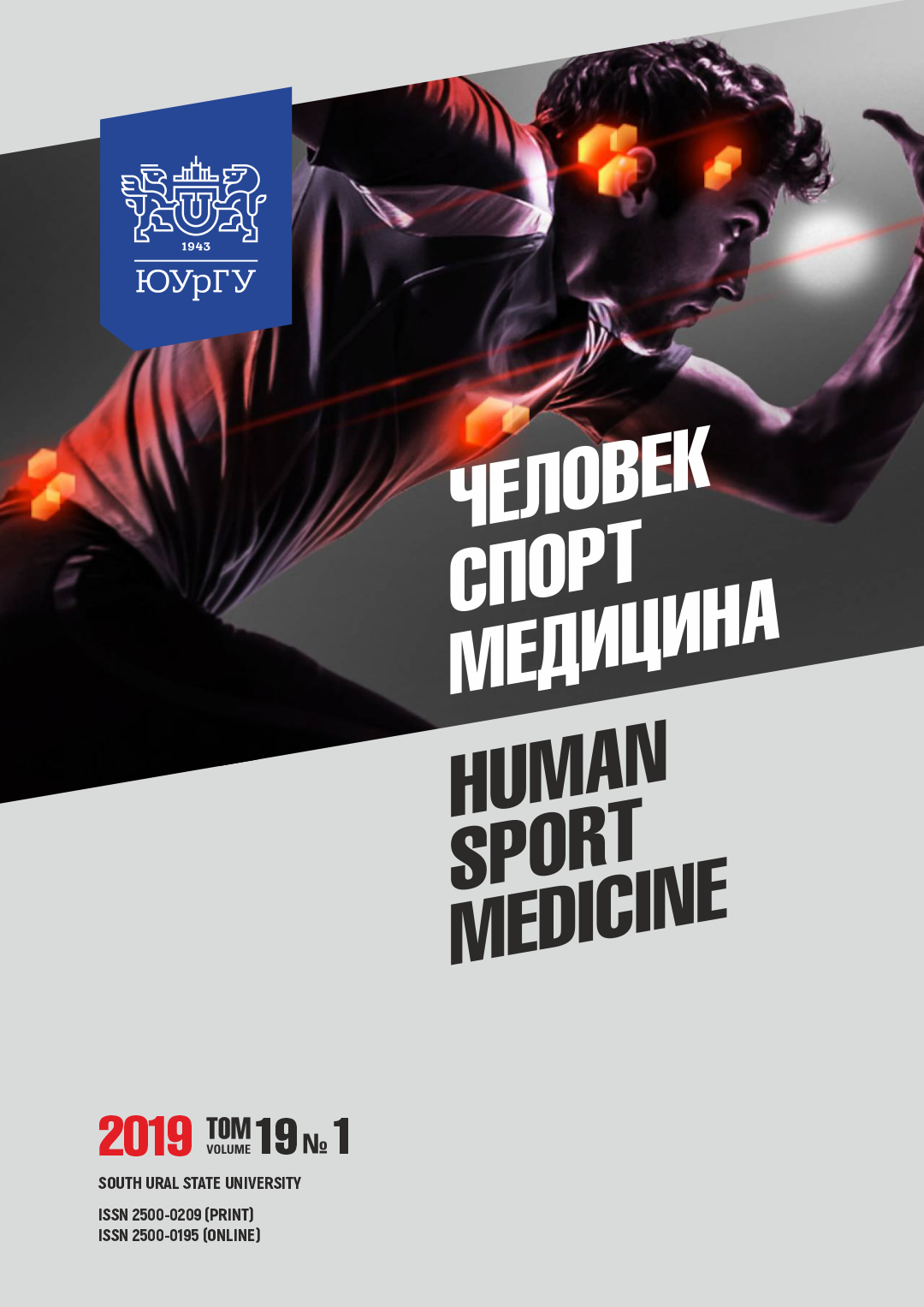SYNTHESIS OF PROGRAM AND FINITE LAWS OF MOTION IN ANALYTICAL MODELS OF CONTROL OF THE FINAL STATE OF BIOMECHANICAL SYSTEMS
Abstract
Aim. The article deals with developing a computer program to simulate the movement of the object with a given initial and final speed and fixed travel time. Materials and methods. The analysis, as a method of biomechanics, allows us to assess the biomechanical state of the athlete in real sports exercises. The function of motion synthesis is the ability to predict the trajectory and behavior of the biomechanical system at specified reference points of the phase structure of the simulated motion. The article deals with one of the methods of biomechanical synthesis of movements: synthesis of control of the final state of biomechanical systems, based on the reduction of finite control to a given program control after attenuation of the transient component of acceleration. The mathematical description of the object motion is based on the known law of finite control with feedback. Integration of the mathematical model constructed in the form of the differential equation of the second order was carried out by one of the numerical methods of integration: Runge–Kutta method of the fourth order of accuracy. Consideration of the method is based on a mathematical apparatus describing the motion of a material point, which can be represented by a common center of mass of a biomechanical system, a joint, a center of mass of a segment, etc. Results. The mathematical model of the motion of a material point with the given kinematic parameters of motion at the initial and final moments is implemented in a computer program in the Visual Basic 2010 language environment based on the integrated development environment Visual Studio Express 2013. The output provides numerical and visual support for simulation results. Conclusion. It is shown that the developed computer model of the method always implements the goal of motion: to transfer an object from a given initial state by speed to a given final state for a fixed time of movement.
References
References on translit
Copyright (c) 2019 Human. Sport. Medicine

This work is licensed under a Creative Commons Attribution-NonCommercial-NoDerivatives 4.0 International License.















